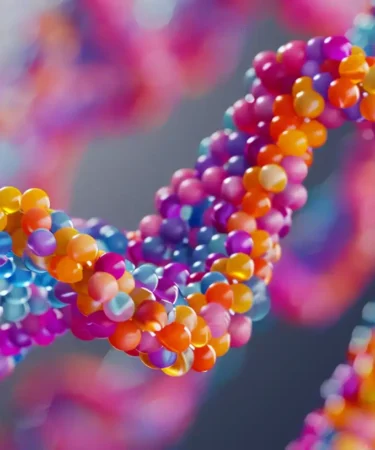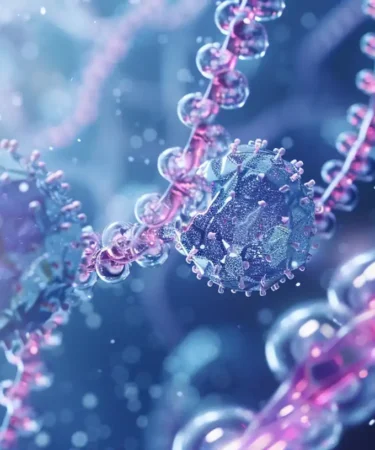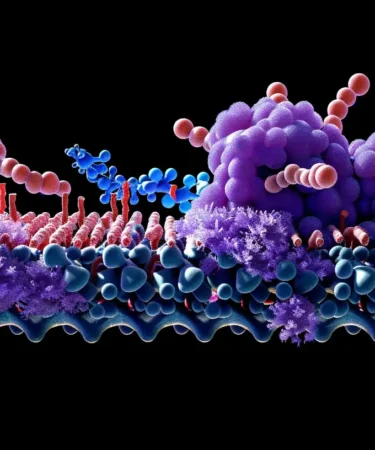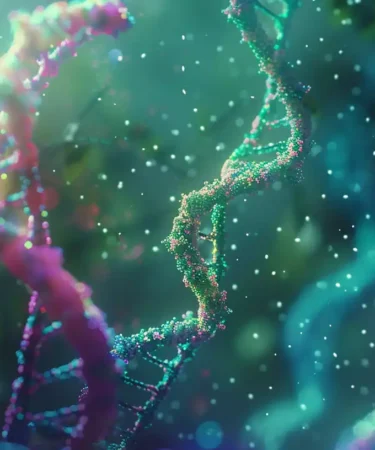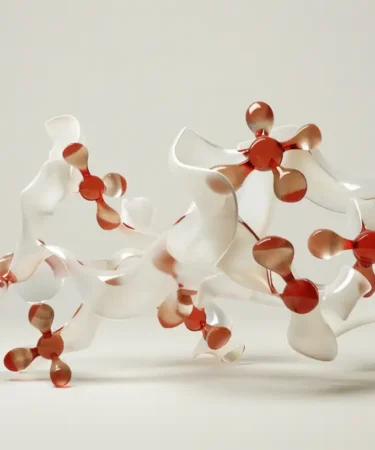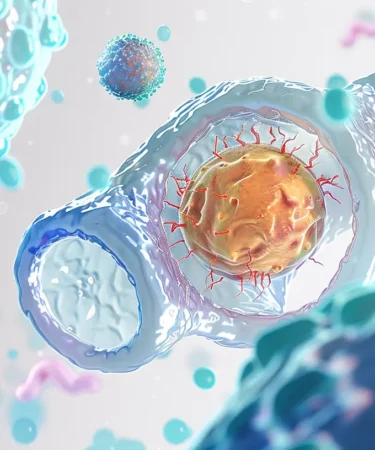When you run or skip a meal, your body quickly releases a hormone that stops your blood sugar from dropping too low. This hormone, glucagon, tells the liver to break down stored glycogen and release glucose, keeping your muscles active and your brain alert even without new food. In this study guide, you will read …
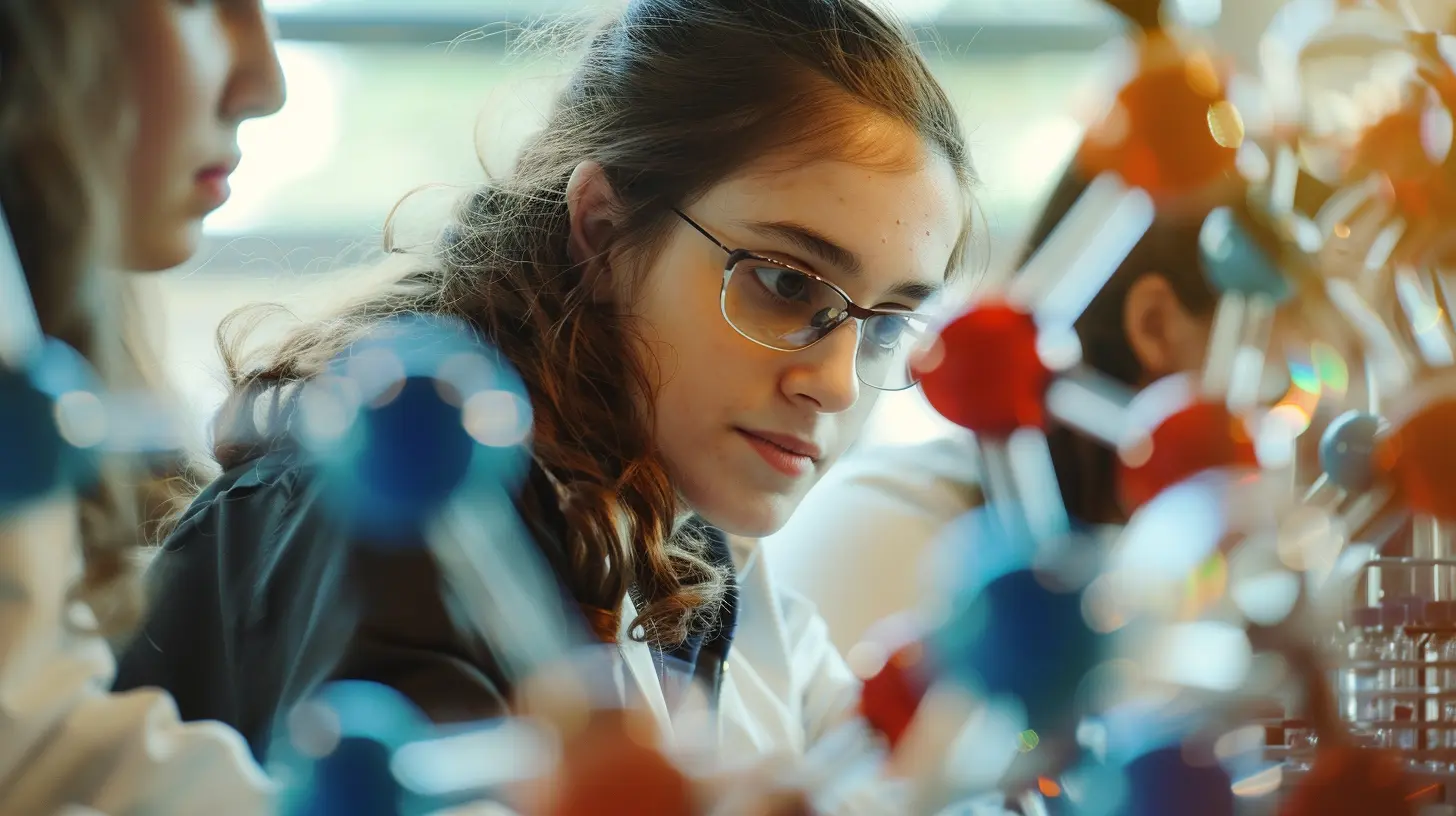
Pyruvate Pathways, Enzymes, and Cellular Energy Basics
Muscle fatigue during intense exercise happens when cells run low on oxygen. Pyruvate starts accumulating, and your body shifts to different reactions that allow muscles to keep working. This process produces lactate, which causes the familiar burning sensation and signals that cells rely on anaerobic energy production. This study guide explains how pyruvate forms in …
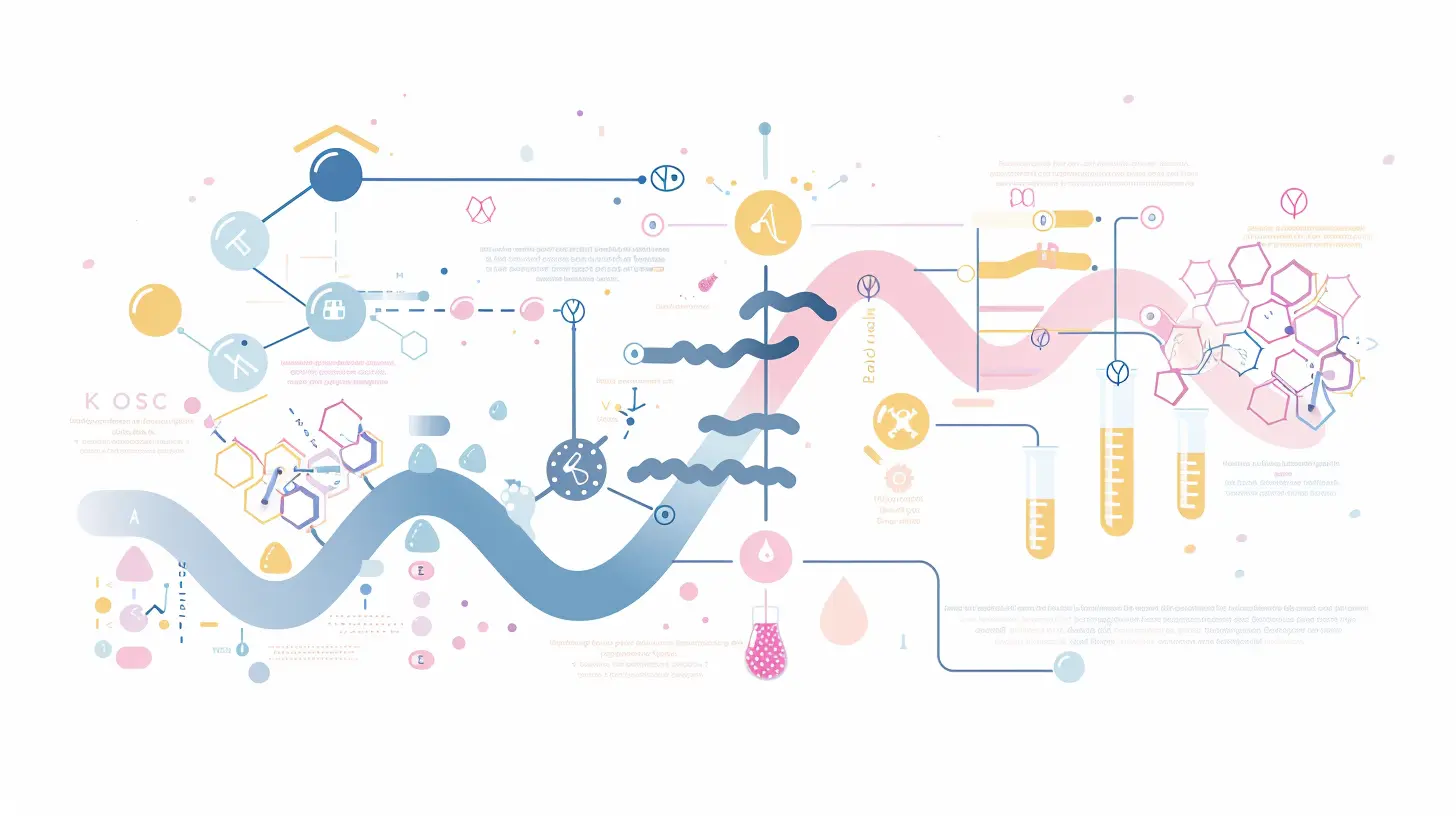
Gluconeogenesis Process and Enzymes in Human Metabolism
When you skip meals or exercise for hours, your body runs low on carbohydrates. To keep working, it starts producing glucose from lactate, glycerol, and amino acids. This process takes place mainly in the liver and keeps blood sugar steady during fasting or intense activity. This study guide explains how gluconeogenesis creates glucose from non-carbohydrate …

NADH and NAD: Functions in Cellular Metabolism
When you cycle uphill or sprint, your muscles burn glucose and fats to release energy. Molecules inside your cells move electrons to produce ATP, which fuels every movement. One of the most important is Nicotinamide adenine dinucleotide (NAD), which changes form during these reactions and keeps energy production running. This study guide explains how NADH …

Glycolysis Process: How Cells Break Down Glucose to ATP
When you sprint, your muscles need energy fast. To keep up, your cells rapidly break down glucose into ATP, the fuel that powers movement. This process, called glycolysis, happens in all living cells, whether oxygen is present or not. Even yeast and bacteria rely on glucose breakdown to survive in low-oxygen conditions. This guide explaisystematically …
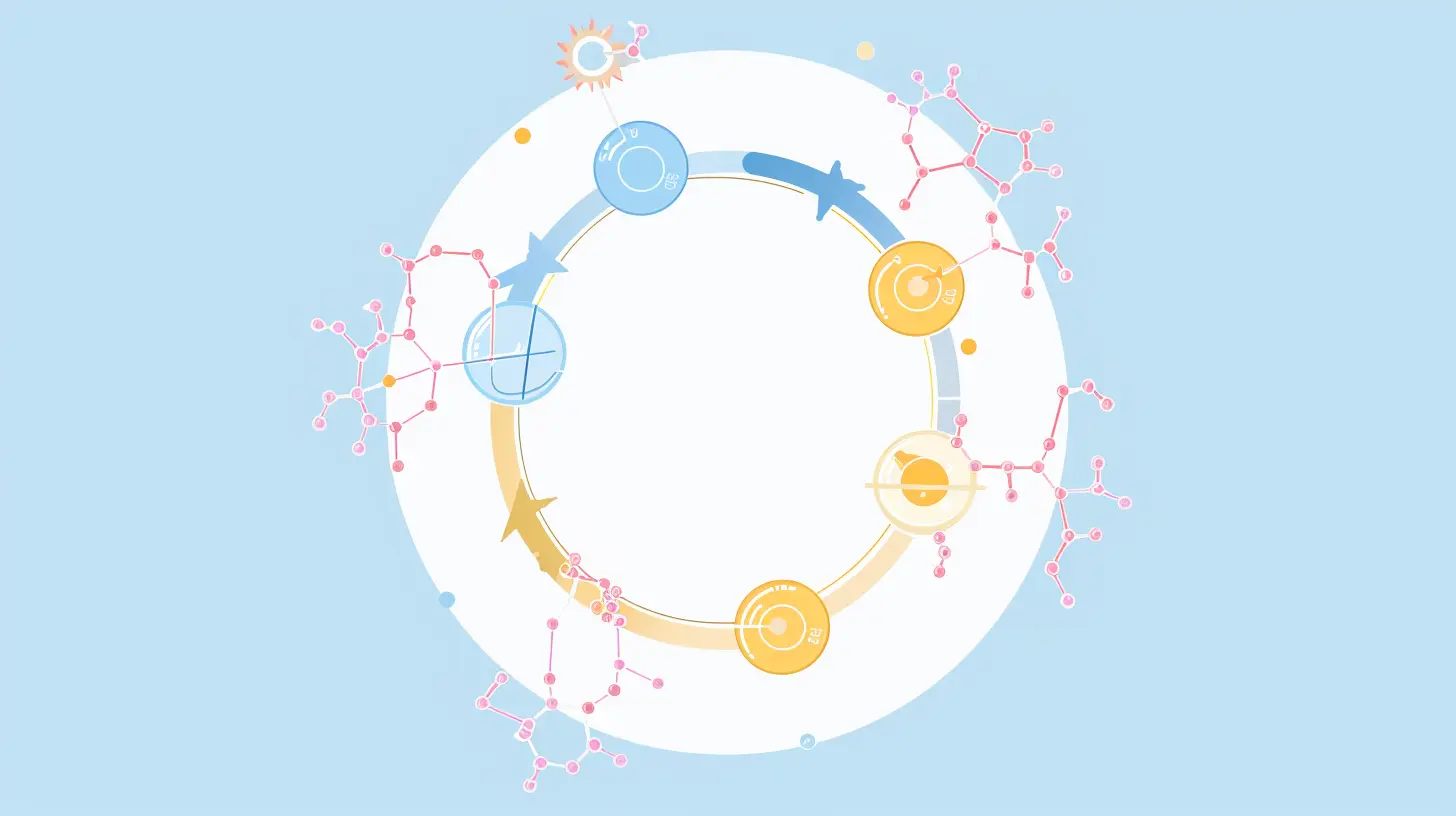
Krebs Cycle: Step-by-Step Breakdown of the Citric Acid Cycle
Every time you walk, eat, or think, your cells extract energy from food. Inside mitochondria, a series of chemical reactions breaks down nutrients, releasing energy for ATP production. This process, known as the Krebs cycle, converts carbon-based molecules into usable energy, keeping cells active and functioning. The Krebs cycle, also called the citric acid cycle, …
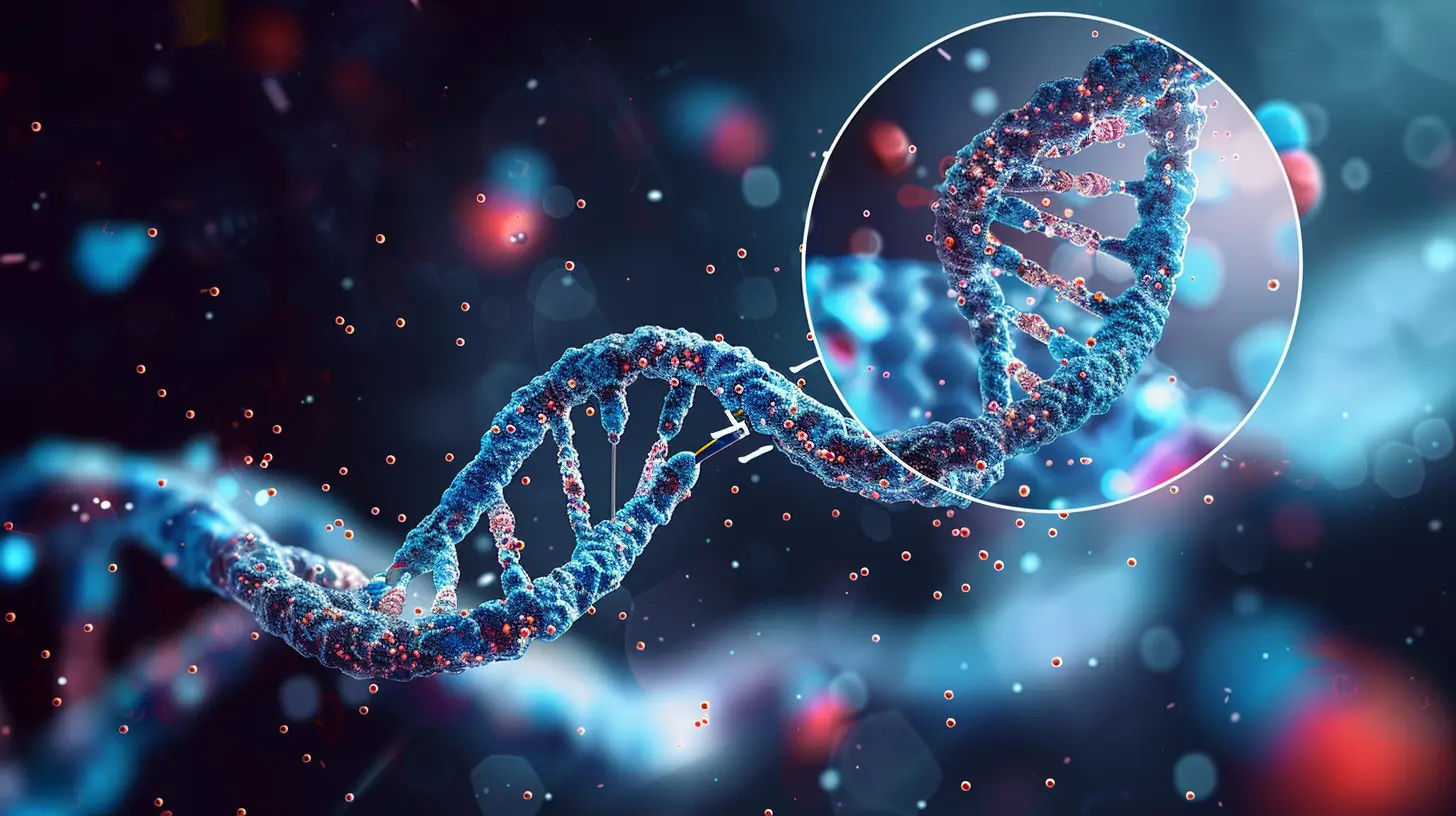
DNA Polymerase in Eukaryotic and Prokaryotic Cells
DNA replication happens billions of times per second, ensuring every new cell gets an exact copy of genetic material. A single mistake in this process can lead to mutations, yet cells maintain accuracy through specialized enzymes. DNA polymerase builds new DNA strands, proofreads them, and corrects errors to keep genetic information intact. This study guide …

Mutation in DNA: Types, Causes, and Effects Explained
Bacteria develop antibiotic resistance through mutation, allowing them to survive drugs that once killed them. This genetic change spreads, making infections harder to treat. In humans, a mutation in the lactase gene allows some adults to digest milk, unlike most mammals. These genetic changes shape how organisms adapt and survive. A mutation is a permanent …

The Evolution and Impact of Computer Assisted Learning in Modern Education
What is Computer Assisted Learning? Definition and Features Computer Assisted Learning (CAL) uses computer technology to enhance and support the learning process. It relies on software, hardware, and digital platforms to create educational experiences that are engaging and interactive. CAL includes features like real-time feedback, multimedia content, interactivity, and personalized learning paths designed to meet …
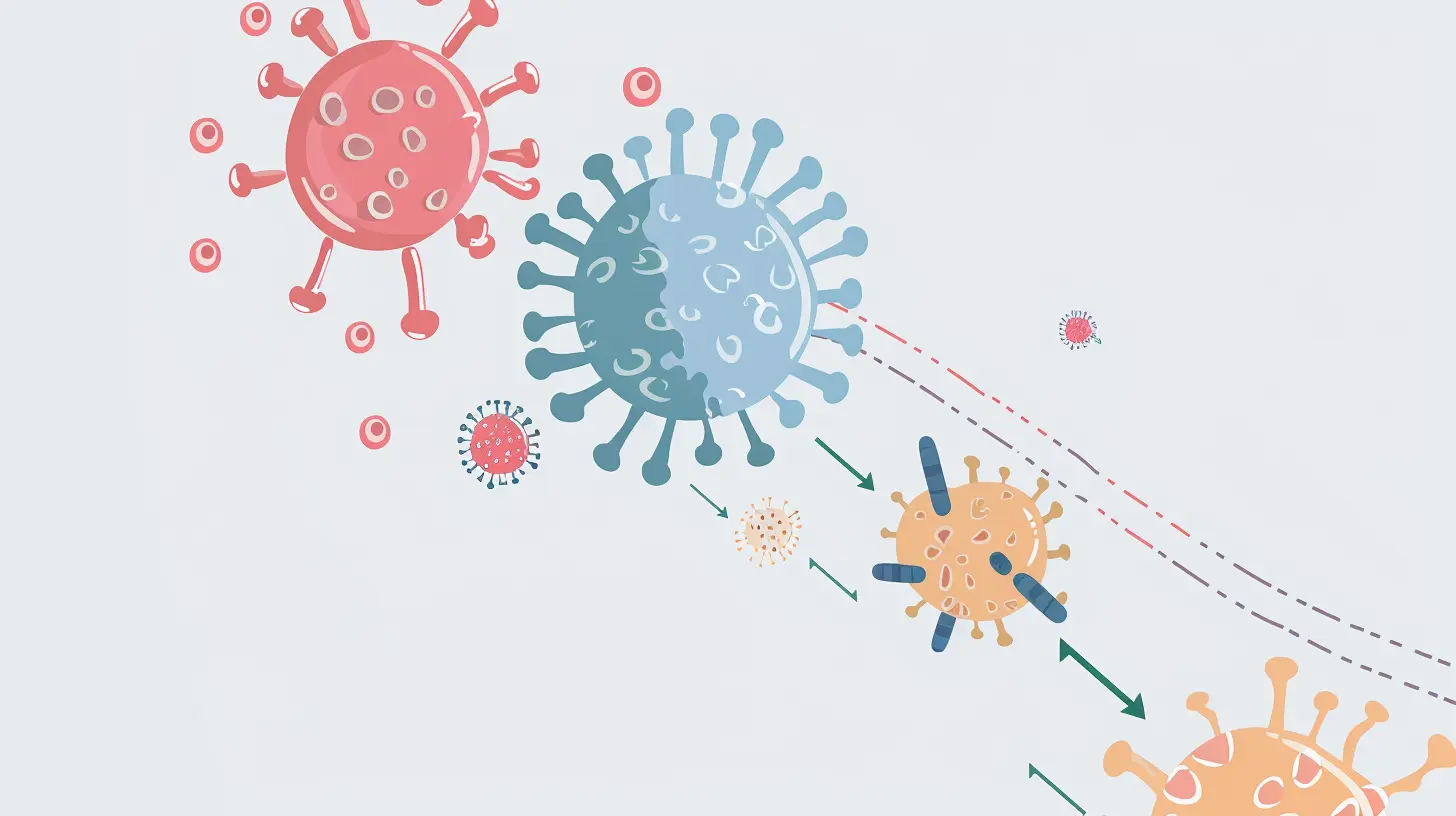
Antigen Function: How Immune Cells Identify Foreign Molecules
Your immune system constantly scans for harmful invaders. How does it recognize them? Antigen acts as molecular fingerprints, allowing immune cells to distinguish between harmful and harmless substances. These molecules trigger responses that protect the body from infections and diseases. This guide explains antigens, how they interact with immune cells, and how B cells and …
